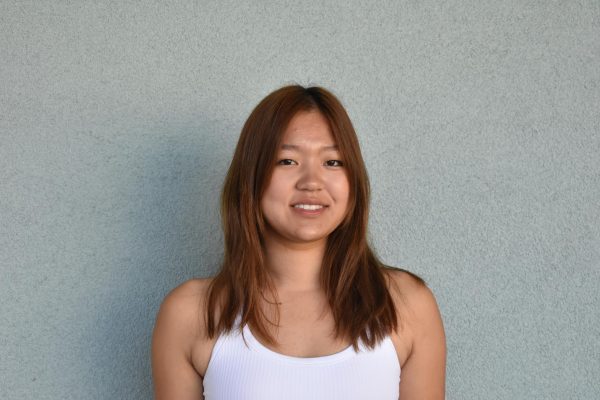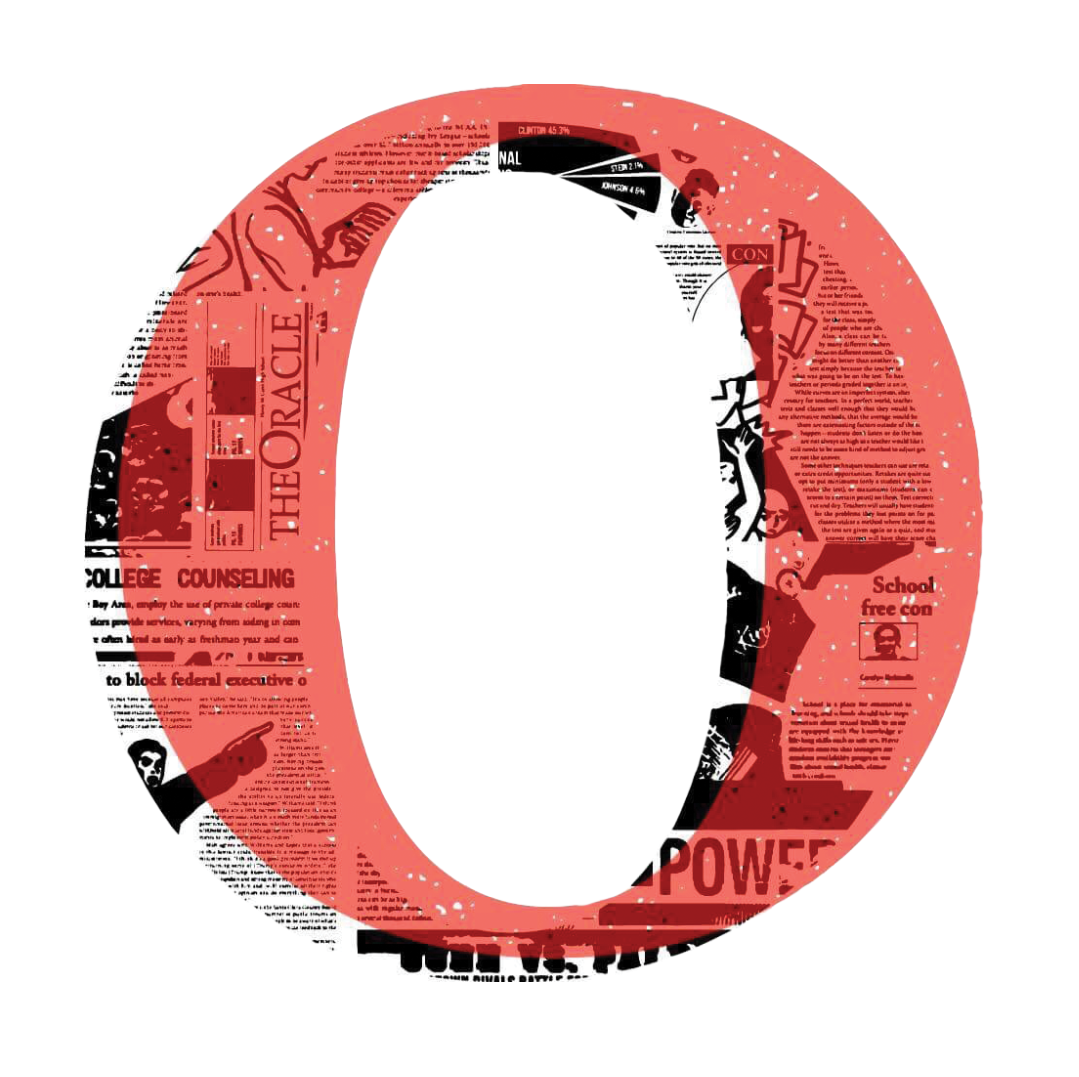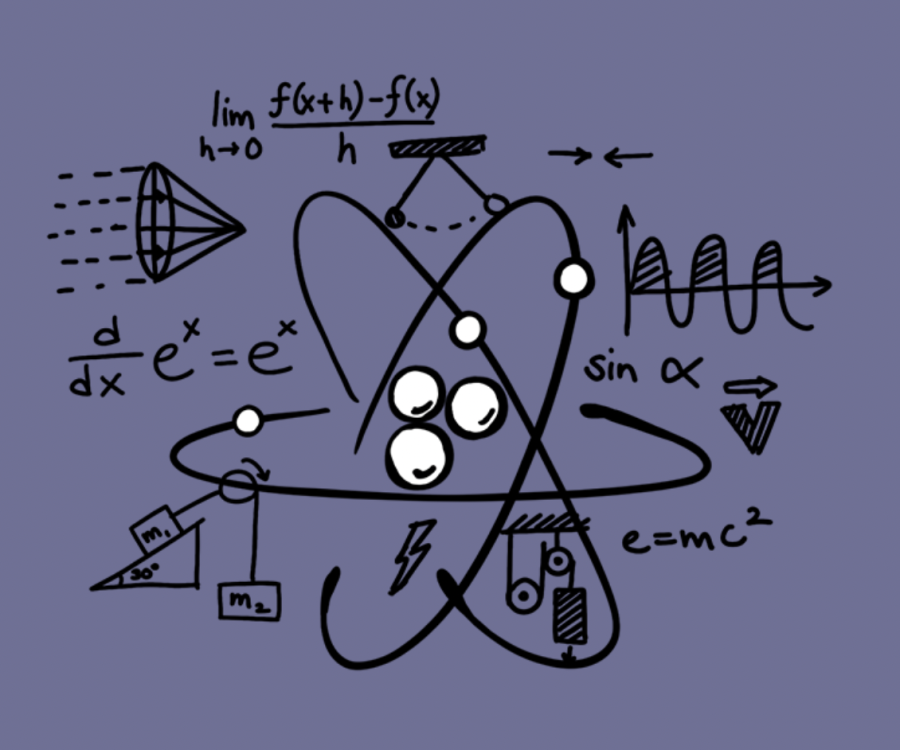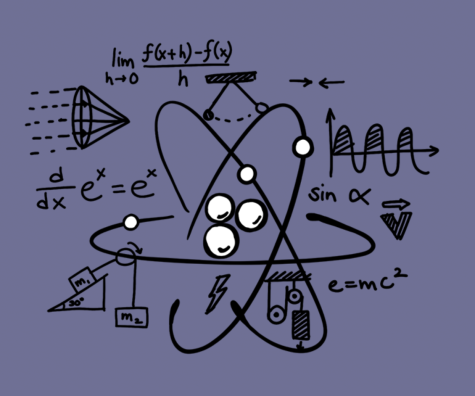AP Physics 1
Juniors and seniors who choose to take on the challenges of Advanced Placement (AP) Physics 1—equivalent to one semester of a college-level algebra-based physics class—focus on topics including kinematics, force, friction, torque, rotational motion, Newtonian Laws and energy.
AP Physics 1 teacher Jacintha Kompella has been teaching physics for over 10 years. Kompella recognizes how students often oversimplify physics. “[Students] walk in thinking it’s going to be a very math-like class,” she said. “I think it is more of a class where you have to apply math skills but also visualize what’s happening.”
Kompella encourages students to develop an intrinsic approach to the course. “[Students should] experience physics and develop all the strategies for making sense of the material,” she said. “[They will] learn some new skills, whether [they] come in with
strong math or weak math, but they have to be willing to have a growth mindset.”
Kompella dissuades students from procrastinating and cramming for tests the night before, instead encouraging them to form study groups. Kompella also emphasizes that students should not overlook labs because they help develop a visual understanding of physics. “Labs are extremely important because [experience is] what helps [students] visualize the physics and you have to do things to experience it before you apply the math,” she said.
Senior Nimisha Sivaraman had a strong interest in the subject while taking it during her junior year. She stresses the importance of understanding the fundamental components of important concepts. “While doing the labs, try to do the derivations on your own,” she said. “For me, torque was really hard, but understanding the right-hand rule helped. There isn’t a lot of memorization, but for the things you need to memorize, you have to memorize them really well.”
To get extra practice, Sivaraman recommends utilizing the Massachusetts Institute of Technology (MIT) AP Physics 1 – Practice Workbook – Book 1 problems on top of the school-issued textbook. When studying for tests, Sivaraman suggests being constantly
engaged with the content. “I did the homework and asked questions when I needed help,” she said. “Also, helping other people with their problems in physics helped me learn. I would also just do a bunch of practice problems and review formulas.”

Senior Ellie Yuan is a social media editor for The Oracle and has been on staff since January 2022. She enjoys playing tennis, traveling, listening to...






